Stormex
Insulation Specialists
As Iowa City's' leading insulation installer, Stormex has the right insulation products for all your needs. We help keep your home comfortable and improve energy efficiency.
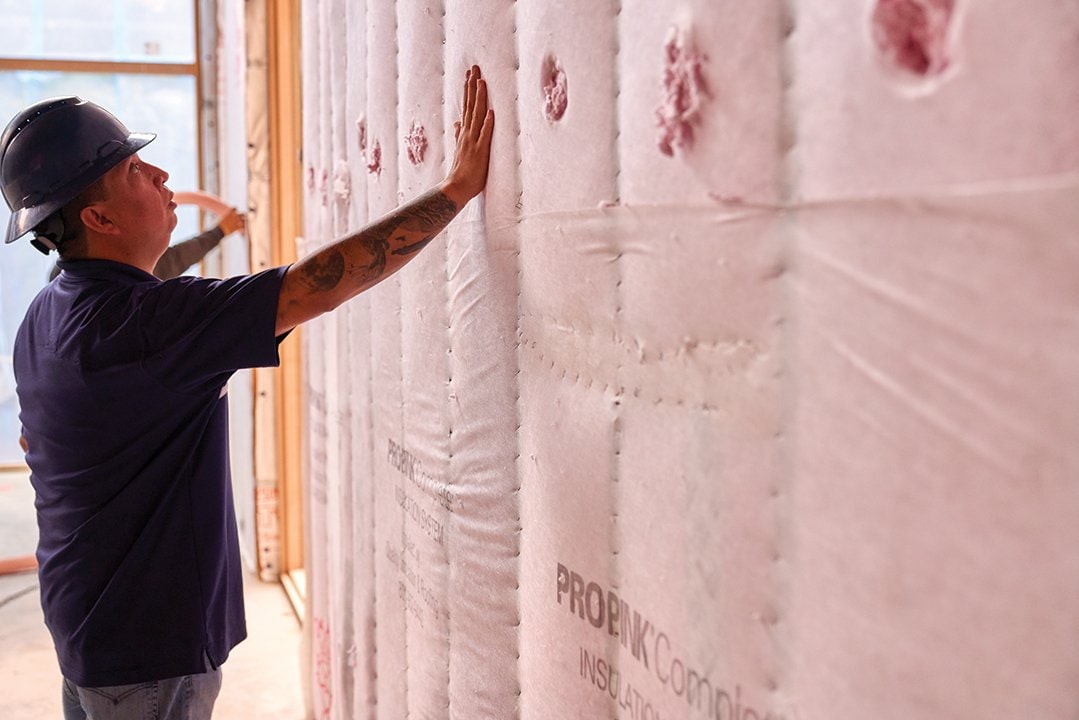
Expert, Superior Quality Insulation
Does your home feel like an ice-box in winter or a hothouse in the middle of summer? Is your home comfort inadequate despite paying high energy bills throughout the year? An under-insulated attic can result in inefficient heat gain or loss in both winter and summer. This energy inefficiency is most likely why you're paying way too much for your heating and cooling needs. Let the experts at Stormex take care of your insulation needs.
For optimal energy efficiency, your home should be properly insulated from the roof down to its foundation. The illustration shows all the areas of the home where there should be insulation.
- In unfinished attic spaces, insulate between and over the floor joists to seal off living spaces below.
- In finished attic rooms with or without dormers, insulate between the studs of "knee" walls, between the studs and rafters of the exterior walls and the roof, and ceilings with unconditioned spaces above.
- Insulate all exterior walls, including walls between living spaces and unheated garages, shed roofs, or storage areas.
- Apply insulation to floors above unconditioned spaces, such as vented crawl spaces and unheated garages.
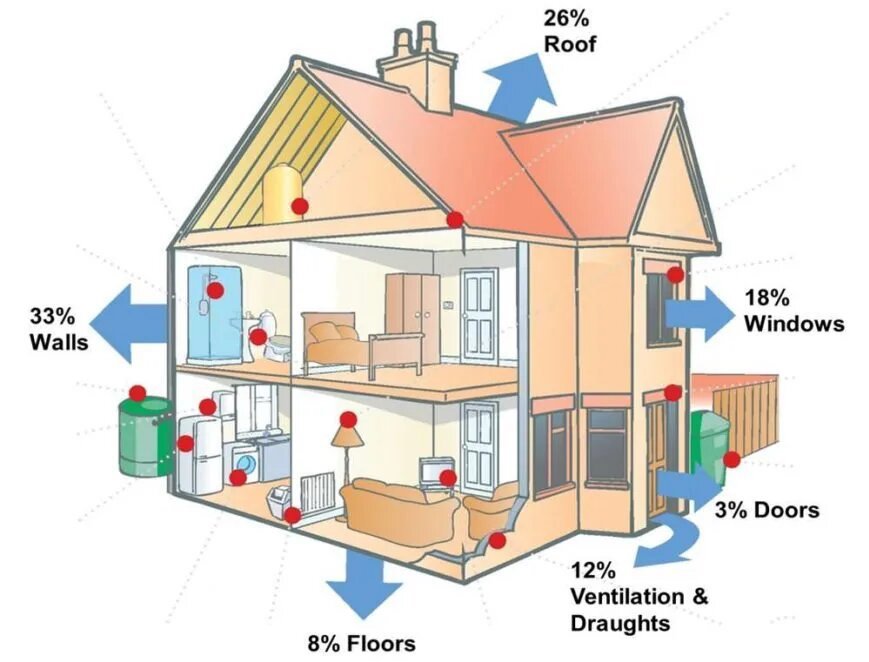
What Type Of Insulation Do I Need?
Most homes are insulated in the attic and any floors located above unfinished basements or crawl spaces. Depending on the age of your home it may or may not have insulation in the walls. No matter how old your home is, it's a good idea to see if there are ways to improve its insulation. The North American Insulation Manufacturers Association reports that about 90 percent of single-family homes in the U.S. don't have sufficient insulation.
When replacing or installing new insulation there are 2 main options to consider, what material do I want to use, and how is it applied? Fiberglass, Cellulose, and Foam insulation are the 3 most common types of insulation, as Blown-In Loose Fill, Rolled or Batting, Foam Board, or Spray Foam. Our list below lays out materials as well as installation applications.
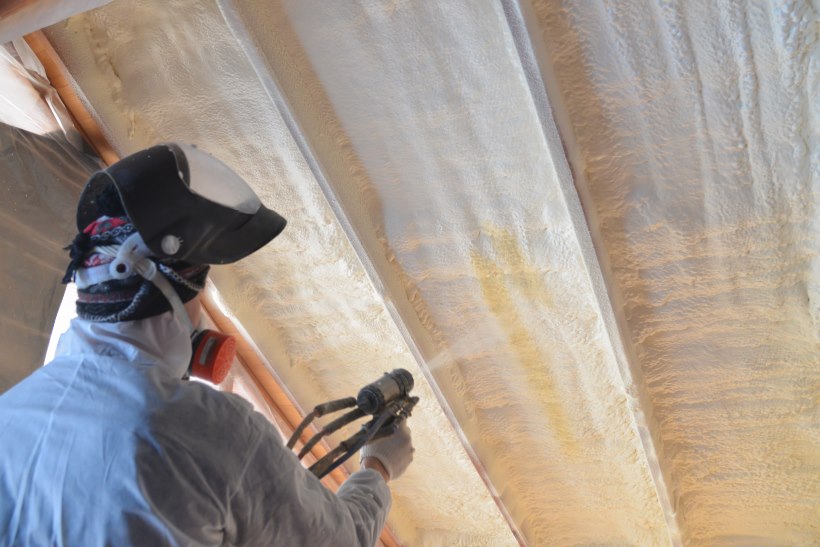
Foam
Foam insulation may be made from polystyrene, polyisocyanurate, or polyurethane, which are all types of plastic. Foam insulations can be sprayed or installed in rigid foamboards. Read More
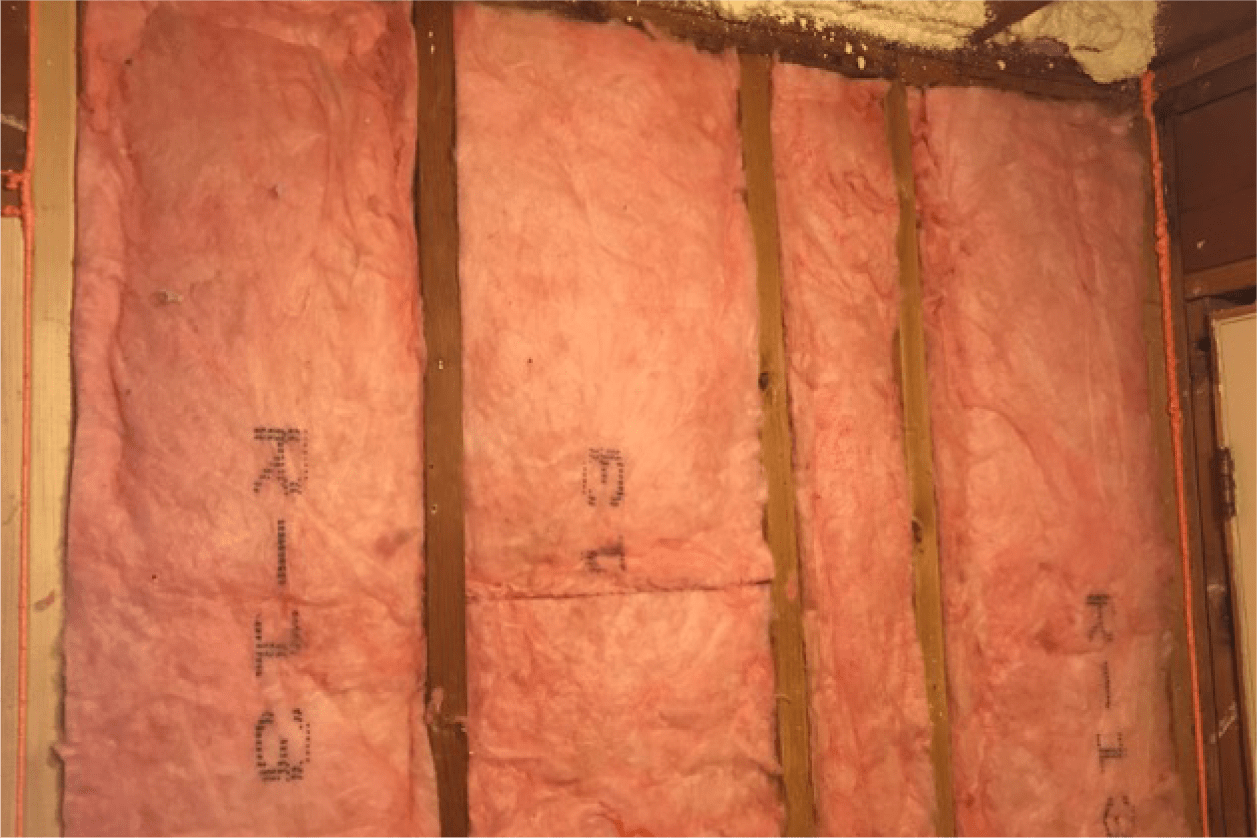
Fiberglass
Fiberglass is the most common insulation material. It's made from fine glass fibers and is most often used in batts, rolls, and loose-fill insulation. Read More
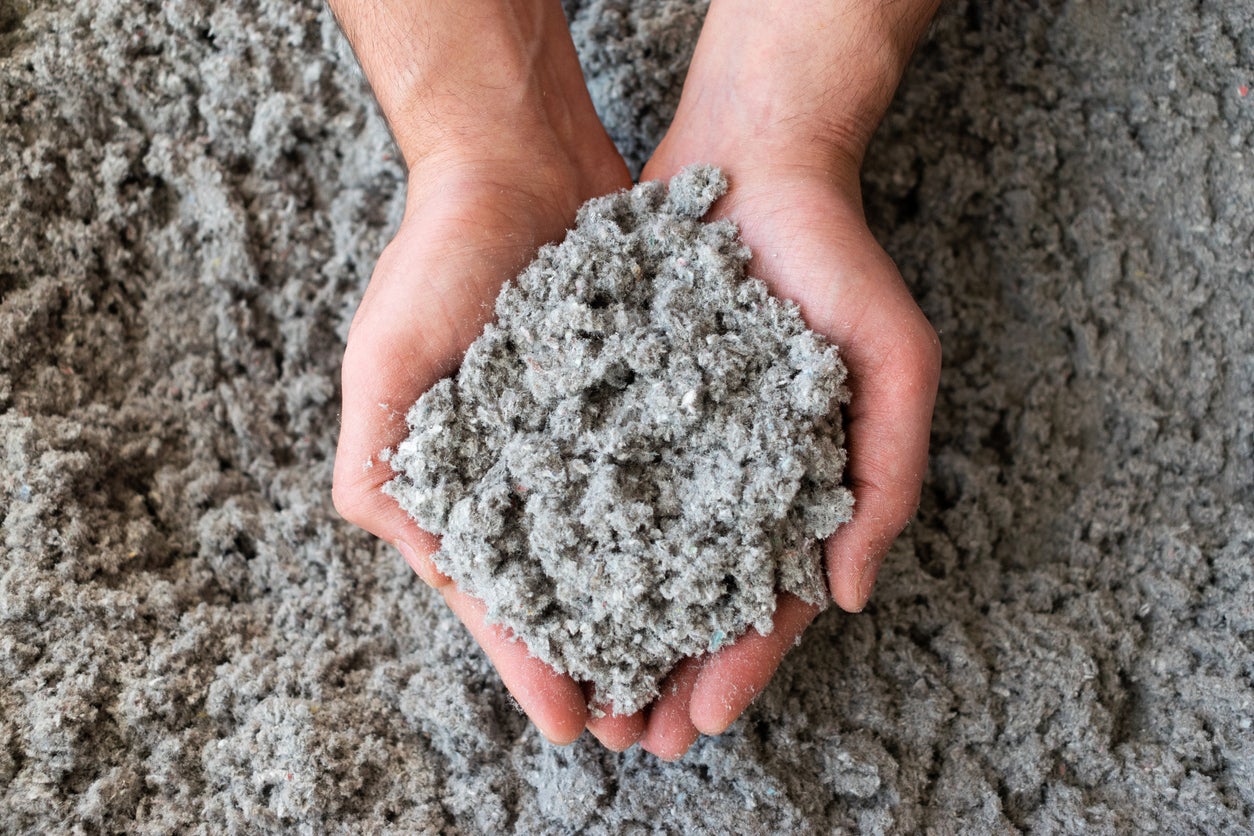
Cellulose
Cellulose insulation is made from recycled paper products. Manufacturers also add borate for fire and insect resistance. Cellulose insulation is usually a loose-fill insulation. Read More
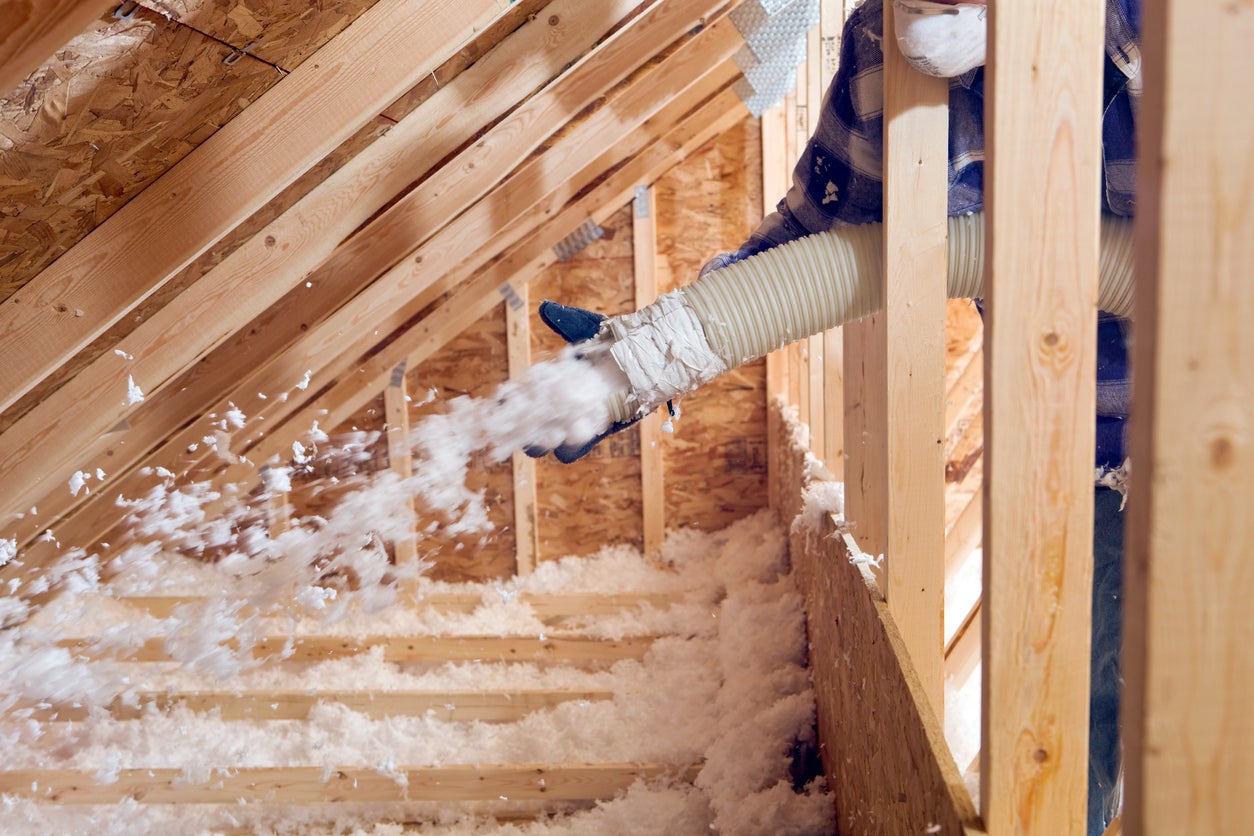
Blown-In
Blown-In insulation is typically found in attics. Because this insulation is loose it can fill in around odd spaces, or be used to add extra insulation to areas that are not adequately covered. Blown-In insulation can be foam, fiberglass, or cellulose.
Spray Foam
Spray foam insulation expands as it cures making it perfect for attics and pipes or wiring that enter the house. Spray foam fills in around odd shapes and corners and is perfect for adding insulation to areas that are lacking.
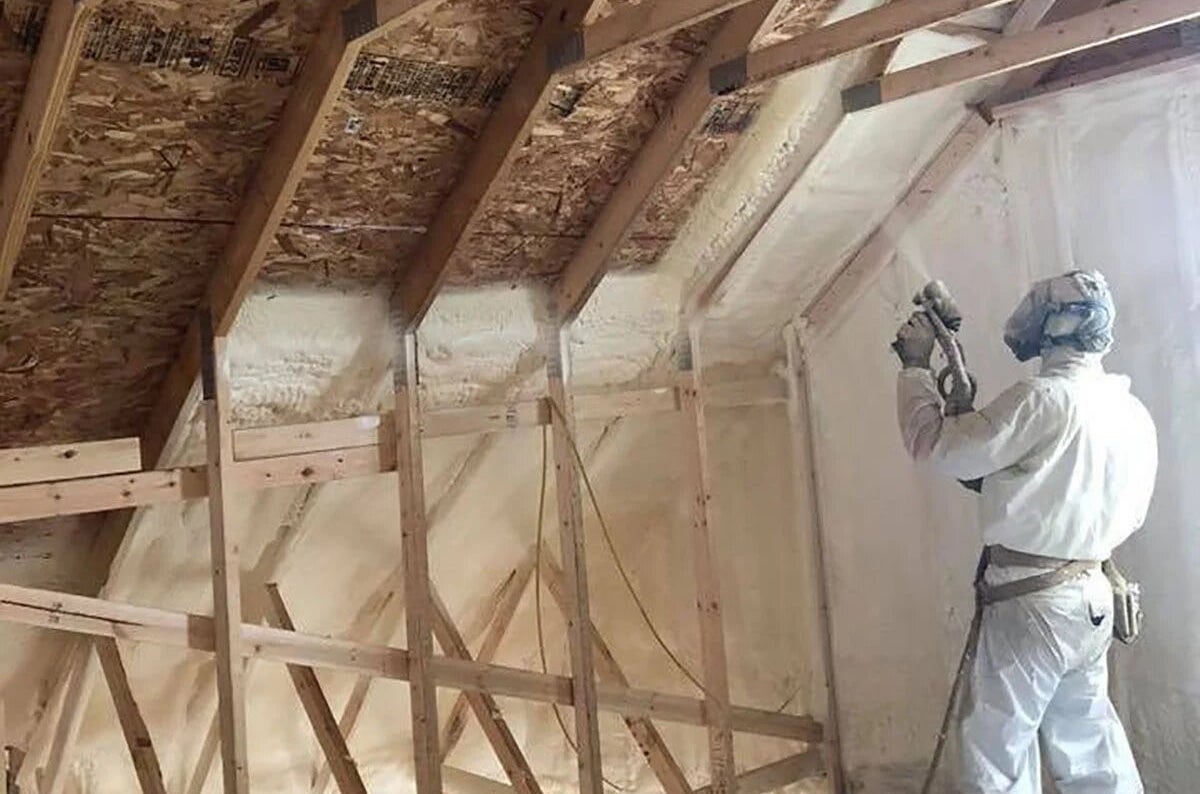
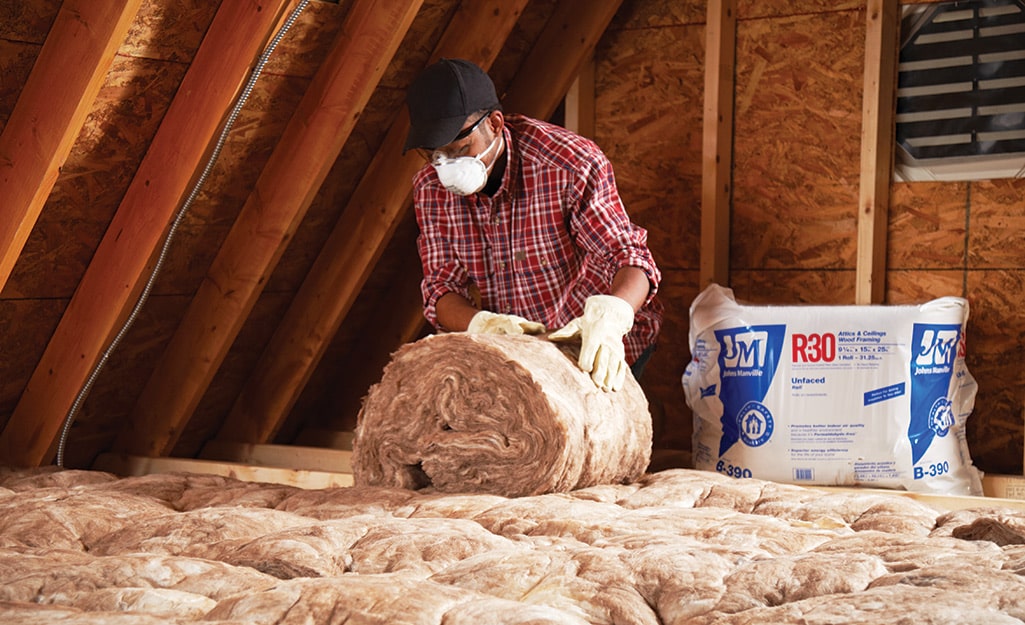
Rolled/Batting
A rolled fiberglass insulation with or without paper backing. Batting is typically found in attics walls and crawl spaces. Batting is your traditional type of insulation found in homes and commercial buildings. Batting is excellent at regulating the temperature inside by preventing heat loss into the attic and cold from the exterior from getting inside your home.
Rigid Foam
Rigid foam consists of sheets of expanded or extruded polystyrene foam. Rigid foam insulation is placed between joists in crawlspaces or attics, and are available with a radiant barrier on one side. Rigid foam helps insulate as well as provide a partial moisture barrier with high insulating value for relatively little thickness
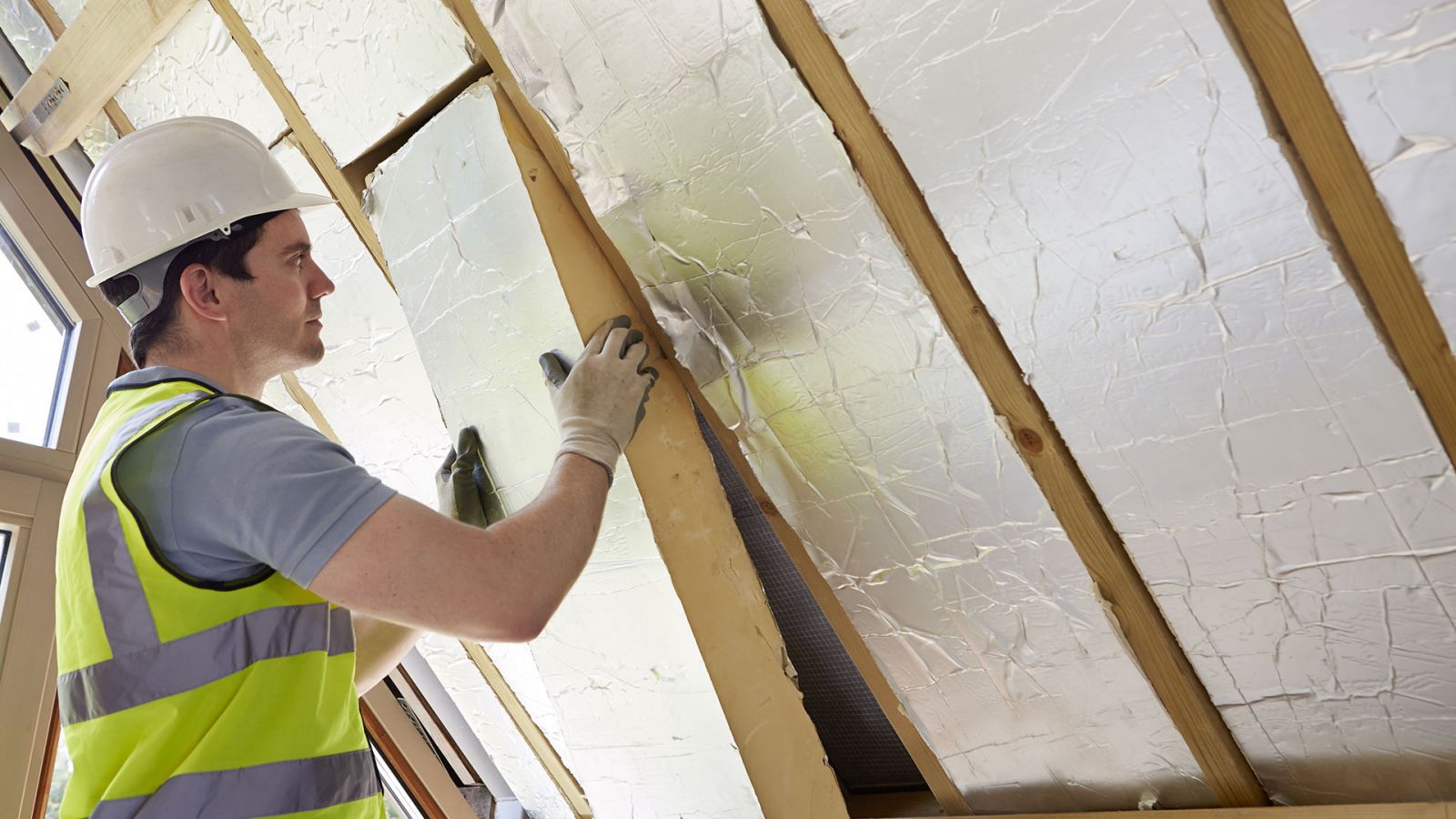
Identifying The Problem
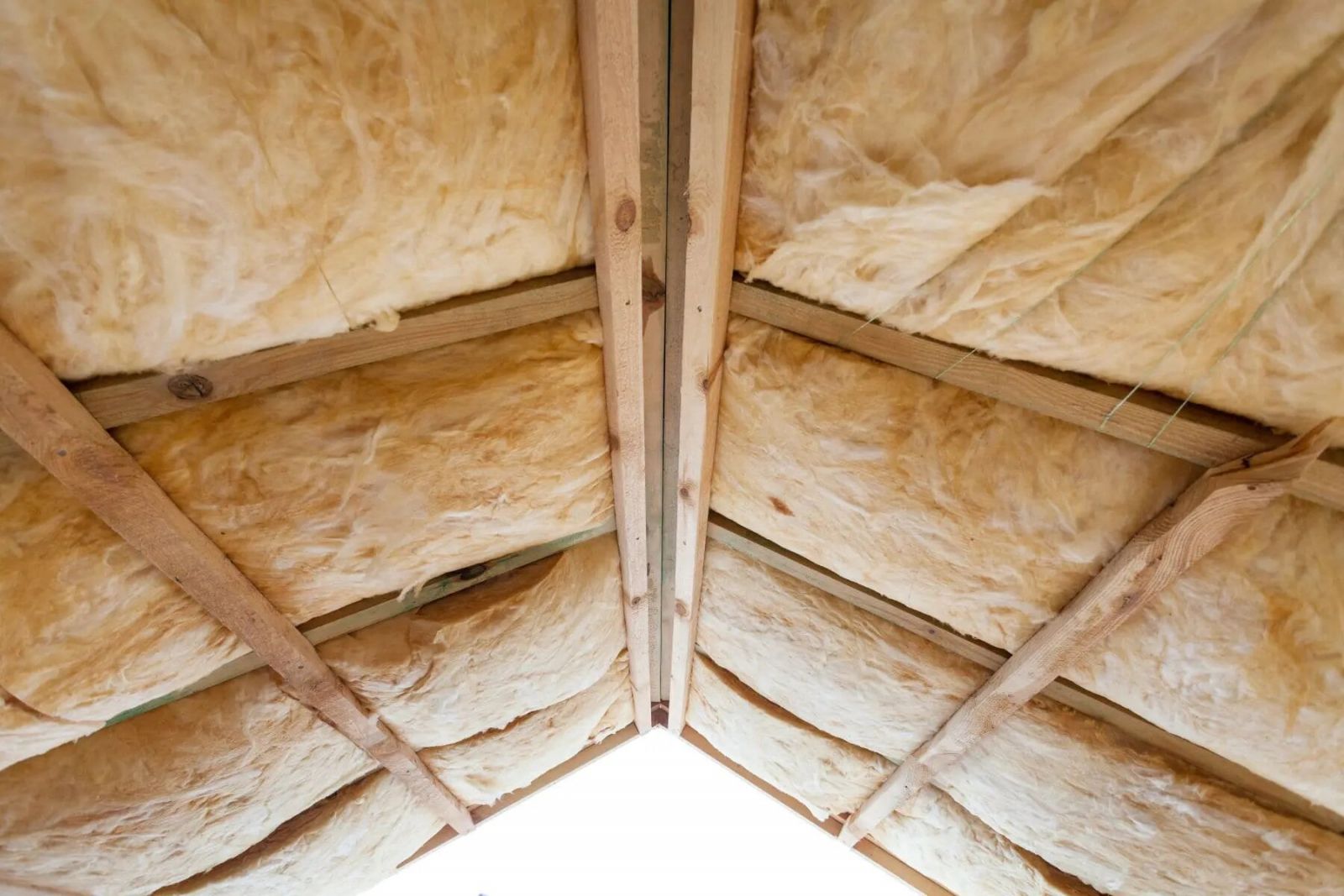
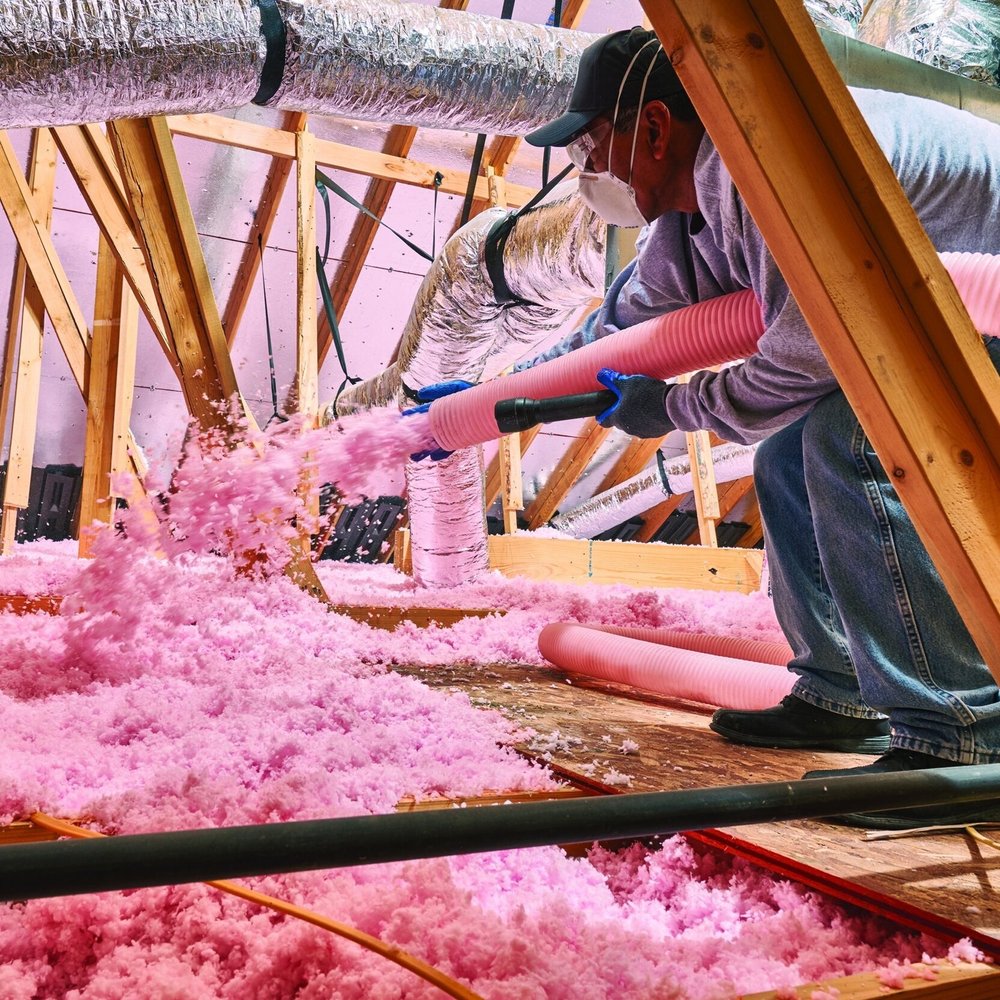
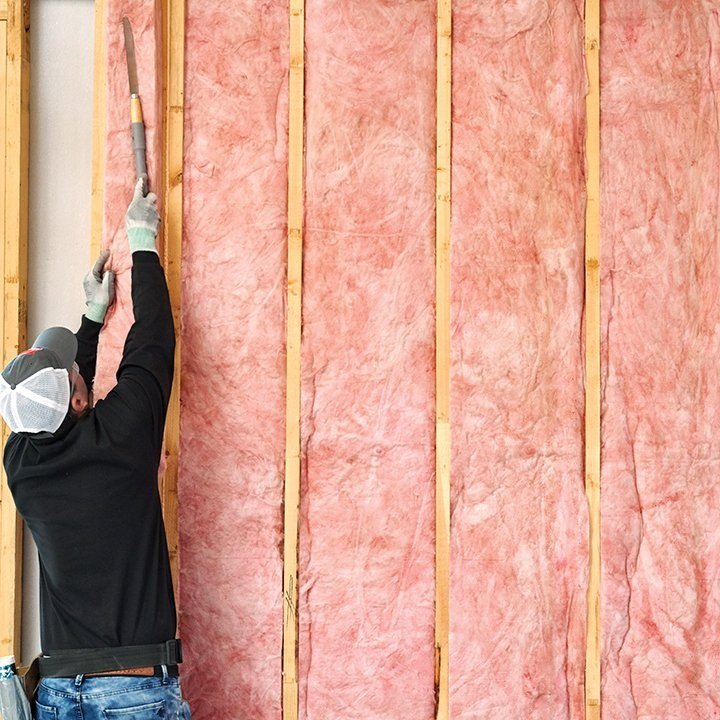
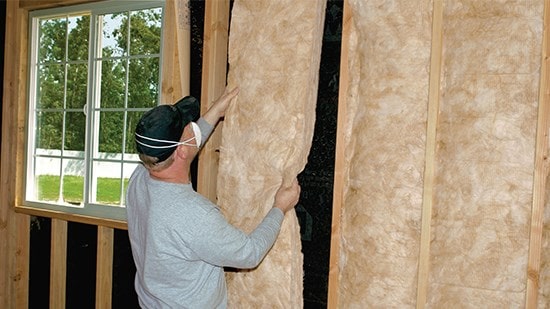
Attic
Common Problems
- Drafty Rooms
- Hot & Cold rooms or uneven temperatures between rooms
- High heating or cooling bills
- Ice dams on roof in the winter
Basements/Crawlspaces
Common Problems
- Cold floor in the winter
- Hot & Cold rooms or uneven temperatures between rooms
- High heating or cooling bills
- Pests(insects, rodents)
Value For Your Investment
By working with an experienced contractor, you have the benefit of our industry knowledge, as well as that of our preferred and trusted suppliers and trades, helping you avoid financial disappointment and giving you a finished project that will delight you.


